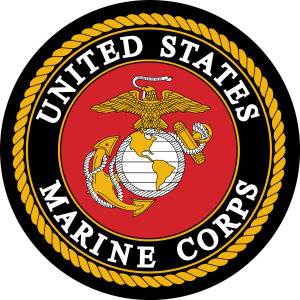 Fabius Maximus website
Fabius Maximus website By
Summary: The US Marine Corps’ leaders have begun its largest redesign since preparing for amphibious warfare in the 1930s. See the summary by the Congressional Research Service. It configures the USMC to fight China, and only China. Not to fight the wars that have dominated the world since Korea.
Exchanging A Force-In-Readiness For A Force-In-Waiting.
By Col. Gary “GI” Wilson (USMC Ret.), Lt. Col. William A. Woods (USMC Ret.)
and Col. Michael D. Wyly (USMC Ret.) .
Introduction
Force Design 2030 is trading off an agile force in readiness for a defensive-oriented island-based force focusing on a single threat, in a single region. In doing so, FD 2030 appears to ignore intelligence community (IC) assessments, which paint a much broader picture of multiple threats in multiple regions challenging the United States. Is the Marine Corps opting for the myopic parochialism of FD 2030 compared to other Services who recognize a variety of threats across a range of both military operational domains and global regions?
This raises the question will the Marine Corps be able to meet other threat challenges?
The Center for Strategic and International Studies in a piece entitled, “Marine Corps Force Design 2030: Examining the Capabilities and Critiques” (July 2022) describes FD 2030 as “an effort to fundamentally transform the Marine Corps’ capability to engage in the future operating environment.” In doing so FD 2030 significantly marginalizes the Corps Marine Air Ground Task Force (MAGTF) combined arms capability. FD 2030 also focuses two-thirds of its operational warfighting capability on the Indo-Pacific region while the remaining third of the Corps’ warfighting capability (to include the Marine Corps Reserve) focuses on what is referred to as “full-range of crisis response.”





